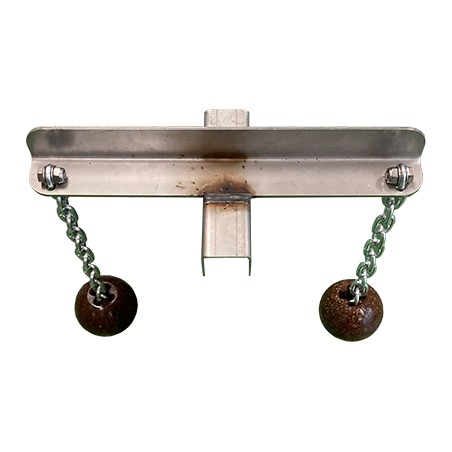The genetic selection of commercial pig lines for higher growth rate and lean percentage may in part lead to the decrease in the quality and nutritional value of pork. However, with increasing health awareness among consumers, the demand for safer, healthier, tastier, higher quality and nutritional value pork is rising. It has been shown that different dietary starch sources can alter the carcass traits and meat quality. Nowadays, research on the effects of different starch sources with clearly different amylose/amylopectin ratios on the amino acid and fatty acid composition in the Longissimus thoracis (L. thoracis) muscle of pigs is limited. Therefore, this study aimed to investigate the effects of different dietary starch sources on carcass traits, meat quality, muscle amino acid and fatty acid composition, and the mRNA expression levels of genes involved in lipid metabolism and muscle fiber characteristics in finishing pigs. For that purpose, a total of 72 Duroc × Landrace × Large White barrows were randomly allocated to 3 different dietary treatment groups with 8 replicate pens/group and 3 pigs per pen. Tapioca starch (TS), corn starch (CS), and pea starch (PS), with amylose/amylopectin ratios of 0.11, 0.25, and 0.44, respectively, were used as their dietary starch sources for 40 days.
Results showed that the PS diet significantly increased the final body weight, average daily gain, loin-eye area, and fat-free lean index compared with the TS diet, but significantly decreased the feed to gain ratio and backfat thickness. Compared with the TS diet, PS diet also increased the pH45 min, marbling scores, the content of intramuscular fat and inosine monophosphate in the L. thoracis, and decreased the drip loss and shear force. In addition, compared with the TS diet, PS diet increased the proportions of flavor amino acids, DHA, EPA, and n-3 polyunsaturated fatty acid (PUFA) in the L. thoracis compared with TS diet, but decreased the ratio of n-6/n-3 PUFA.

In conclusion, these results provided compelling evidence that the different dietary starch sources altered the carcass traits, meat flavor and quality in finishing pigs, and consumption of a diet with higher amylose/amylopectin ratio results in the production of healthy, higher quality pork with a better nutritional value.
Yu M, Li Z, Rong T, Wang G, Liu Z, Chen W, Li J, Li J, Ma X. Different dietary starch sources alter the carcass traits, meat quality, and the profile of muscle amino acid and fatty acid in finishing pigs. Journal of Animal Science and Biotechnology. 2020; 11(1): 1-14. https://doi.org/10.1186/s40104-020-00484-9









